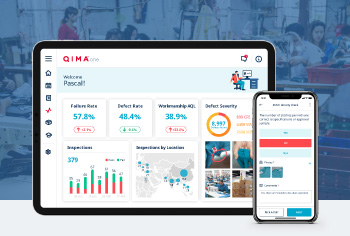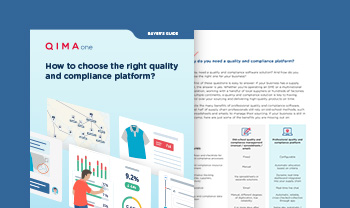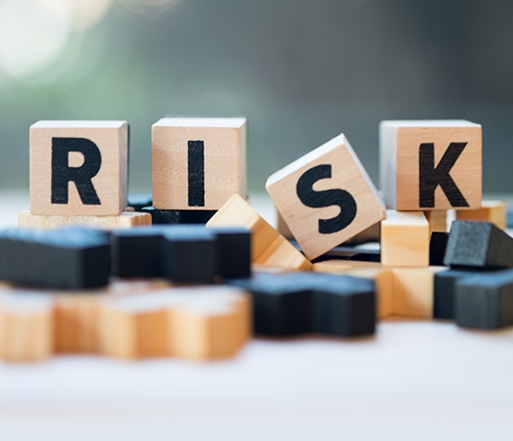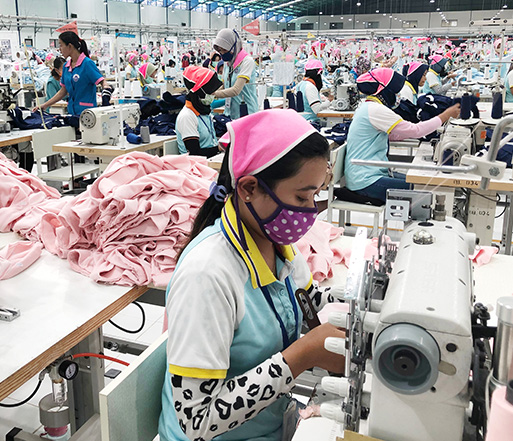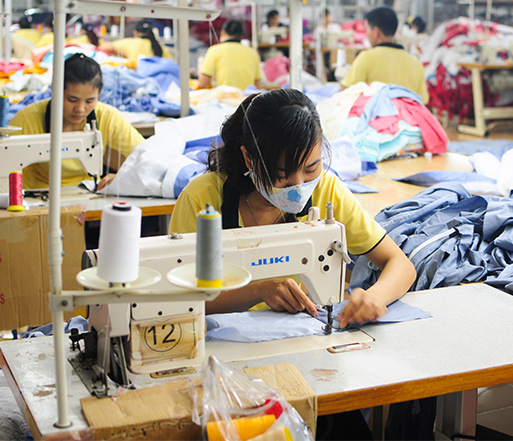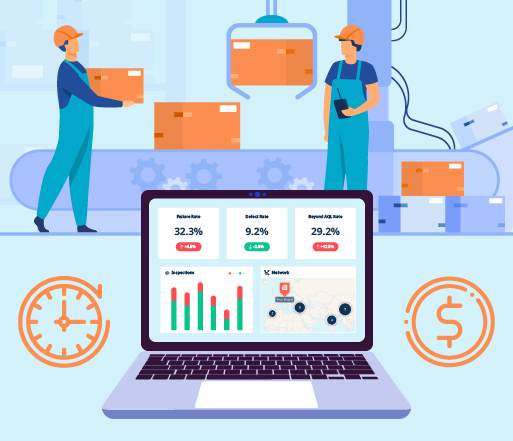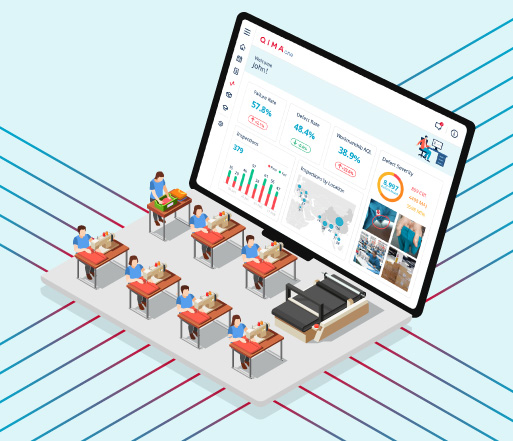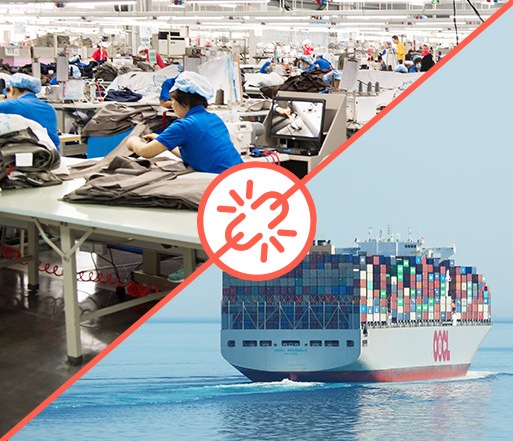
Articles
4 Tips to Safeguard Your Supply Chain from Disruptions

Articles
4 Tips to Safeguard Your Supply Chain from Disruptions
Articles
4 Tips to Safeguard Your Supply Chain from Disruptions

随时了解最新的供应链信息。
Since 2020, the world has been rocked by a series of terribly disruptive events. As global citizens, we are going through a world-wide pandemic, increasingly extreme weather, and war in Eastern Europe which has threatened lives and livelihoods of millions around the globe.
However, people persevere even in the face of daunting calamities. For businesses, it is important to keep the materials moving. In fact, keeping supply chains operational becomes more important than ever when we’re faced with a crisis. Building resiliency into your supply chain through efficient risk management, collaboration and transparency are vital when world events make things difficult. (Source: Mckinsey & Company)
The challenges of “The Great Supply Chain Disruption”
Adding to the stress of the COVID-19 pandemic, the Chinese government has moved to rationing electric power to its manufacturing sector as part of their “power rationing” propaganda. As a result, factories are closing in response to high energy prices, and the factories that remain in operation are working with a greatly reduced capacity.
Apart from this, China has implemented a zero-COVID policy to curb the spread of infection across their cities. This wartime model has been put in place across the entire country to limit mobility to and from all their cities, causing most non-essential services to close down. Manufacturers face a huge level of uncertainty from factories operating out of China as businesses and other day-to-day operations shut down.
Events have converged in what the New York Times labeled “The Great Supply Chain Disruption.” What we learn from the responses to these disruptions will determine how well we respond to the next ones. We believe there are some steps you can take to strengthen your supply chain to better weather the next global crisis.
Preparing for potential shortages and delays
Global brands have decided to diversify their sourcing locations to countries outside of China. Countries like India and Bangladesh are on top of the preferred list for brands establishing new sourcing centers. During the first quarter this year, China's sourcing share fell to just 47% of European or American buyers' procurement plans, down sharply from 60% in 2020. This is the lowest level in three years. (QIMA barometer Q2 2022)
As Edward Sweeny notes in his piece for the World Economic Forum, “uncertainty is a characteristic of the international business landscape.” While no one can possibly predict the future, supply chain managers can take certain steps to help avoid potential delays and shortages.
Some companies have turned to warehousing more goods as a solution. Amazon spent more than US$ 164 million on new warehouse space last year, for example. That kind of monumental investment isn’t feasible for most companies, however, and so alternative ways to pivot in the face of challenges are necessary.
4 practical tips to improve your supply chain resiliency in 2022
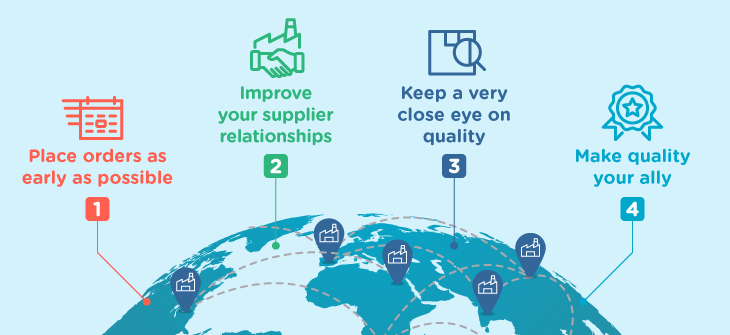
Advanced planning can make transitions caused by challenges easier. The following outlines steps you can take today to improve your supply chain resiliency.
Place orders as early as possible
Companies used the COVID-19 pandemic as an opportunity to learn how to plan in ways they never had before. Advanced projections and ordering are the current strategies, and they are more important than ever. Planning ahead reduces the stress delays can exert on supplies. While we can’t always overcome shortages—as in the case of manufacturers who rely on some electronics that are in short supply—maintaining visibility throughout your network can help you identify and adjust for trends.
Improve your supplier relationships
Understanding the actual situation in your suppliers’ facilities is a key factor for making good decisions at any time, but it’s especially important during times of uncertainty. Make sure supply chain representatives are in contact with the facilities you rely on for your company. Give them the tools necessary to get a true reading on what’s happening on the ground.
Perform easy self-inspections
with your factories!
Learn more
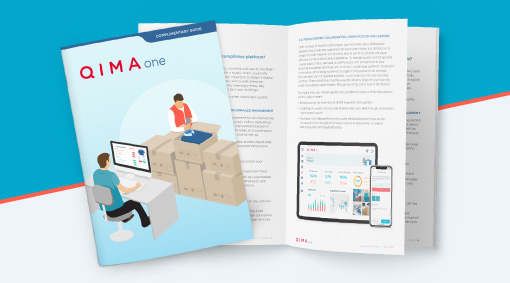
Perform easy self-inspections
with your factories!
Learn more
Keep a very close eye on production
Suppliers are likely struggling to meet the demands of their consumers who are eager to put the world’s turbulence behind them. No doubt, some factories will begin rushing orders due to China’s limited working days, which will result in quality issues. Quality suffers most when things get hectic. Improving your supply chain visibility will help you monitor quality.
Make Quality Your Ally
You should continue to insist on rigorous quality standards during the crisis by empowering your suppliers with a QC platform to conduct secure and more agile self-inspections that can help you work with more flexibility during disruptions. Using standardized processes and automated planning of the inspections can save up to 40% of the time used to manage quality. Lean on this expertise to help you mitigate any risk to your supply chain.
We Can Help
As the expert in supply chain visibility, QIMA is well-positioned to help you prepare for an uncertain future. Our new QMS, QIMAone, is the collaborative quality and compliance platform that connects your supply network with greater visibility and smarter control. Our software provides up-to-the-minute reporting, so you know the conditions inside your factories, even if you’re on the other side of the globe.
Based on millions of inspections and audits performed globally using QIMA’s technologies, we can provide you expert advise on how you can actually improve quality in a disrupted supply chain by using a digital platform like QIMAone.
Learn how QIMAone can be your partner, today and tomorrow. Book a consultation call and speak with one of our experts to hear how we can help you tackle your supply chain quality challenges: Contact Us.
